
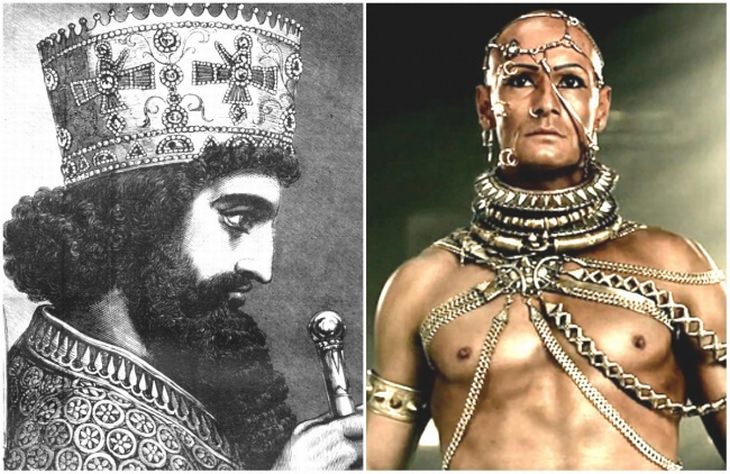
Portrayed by: Rodrigo Santoro
While 300 was undoubtedly a highly-entertaining movie, there’s practically zero chance that the ancient Persian king, Xerxes I, wore garb anything like that of the character portrayed by Rodrigo Santoro. In real life, the Persian aristocracy wore a robe of honor – a large piece of fabric they draped around themselves.
This would have been decorated with gold ornaments, which probably provided the inspiration for the movie character that drips in gold. The historical Xerxes is also depicted as having a beard and thick hair, unlike the completely bald and clean-shaven movie character.
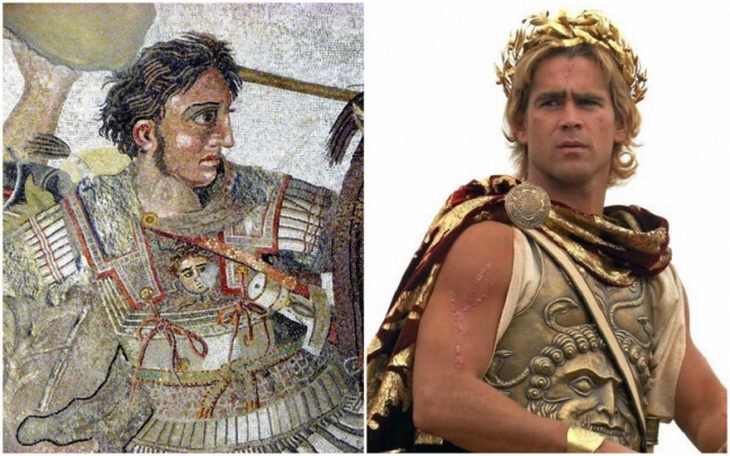
Portrayed by: Colin Farrell
Although the historical Alexander the Great was a Macedonian king, he was known to wear his own version of Persian royal garb. He did this in order to win hearts and minds as he went about his various conquests in Asia Minor and beyond. In addition, it’s highly unlikely that the historical figure had bad highlights like the character in the movie did.
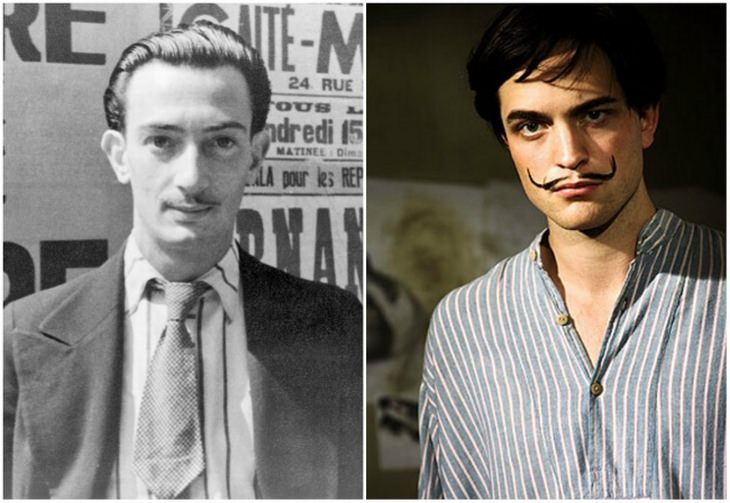
Portrayed by: Robert Pattinson
While Robert Pattinson went to great lengths to give a highly accurate portrayal of the great, eccentric and genius artist, the silly upturned mustache that the movie’s costume designer decided to give the actor further exacerbated the fact that Pattinson looks nothing like the real-life Dali did.
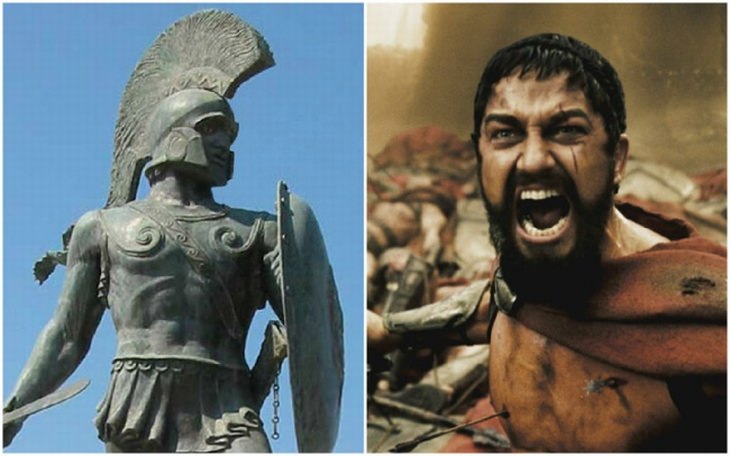
Portrayed by: Gerard Butler
In addition to what many have deemed as an overtly-favorable portrayal of a man who only ever went into battle at the end of his life, It should be noted that real Spartan warriors fought wearing body armor and shields. It also should be noted that all Spartan warriors, including the warrior-king, had plumes in their helmets. The plumes were omitted in the movie to make Leonidas stand out from his subjects.
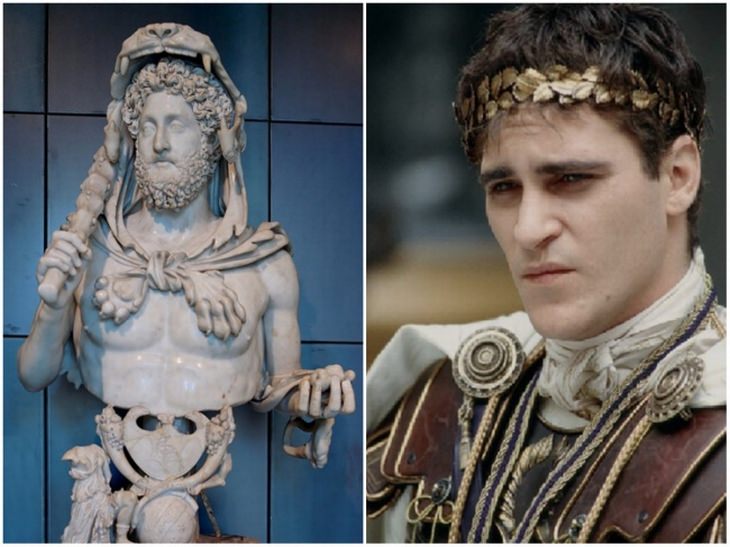
Portrayed by: Joaquin Phoenix
This particular instance of portrayal seems to be quite visually accurate, although Joaquin Phoenix did not wear a beard to play the role of Commodus. The film itself is historically inaccurate because Commodus actually ruled the Roman Empire between 180 and 192 AD (it’s portrayed as a shorter time period in the film). Furthermore, the real-life emperor did take part in gladiatorial bouts, however, the result was always pre-determined so that he wouldn’t get injured.
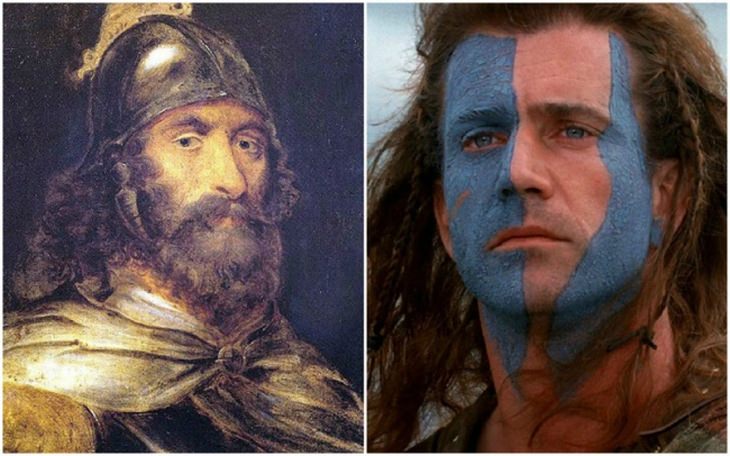
Portrayed by: Mel Gibson
This movie was nominated for 10 Academy Awards, winning five, however, the portrayal of William Wallace by Mel Gibson is rather far removed from who the real man was likely to have been. The character in the movie is depicted as a nationalist guerrilla, whereas in reality, he was part of the Scottish gentry. In other words, the real William Wallace was not an economically and politically-marginalized peasant as the film character is.
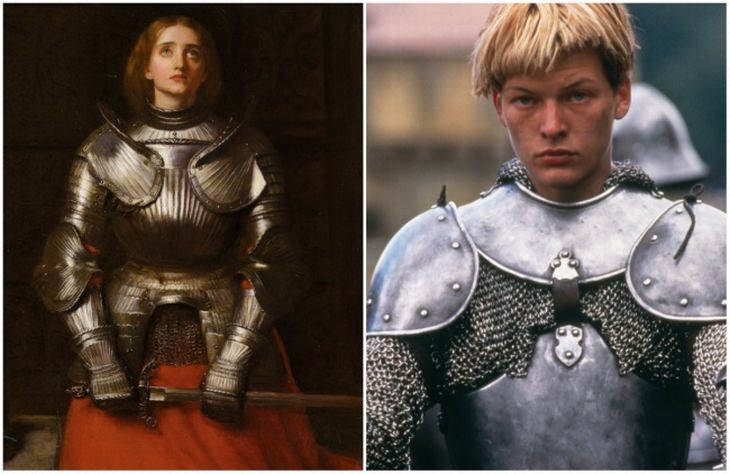
Portrayed by: Milla Jovovich
There are numerous problems with the depiction of Joan of Arc in this 1999 movie. While Milla Jovovich portrays a character that’s anxious and hysterical, the historical record shows that the real person was highly compassionate, prudent and very intelligent. In addition, the androgyny of the movie character is something that started in director Luc Besson’s mind, rather than being based on anything found in the historical record of the French saint.
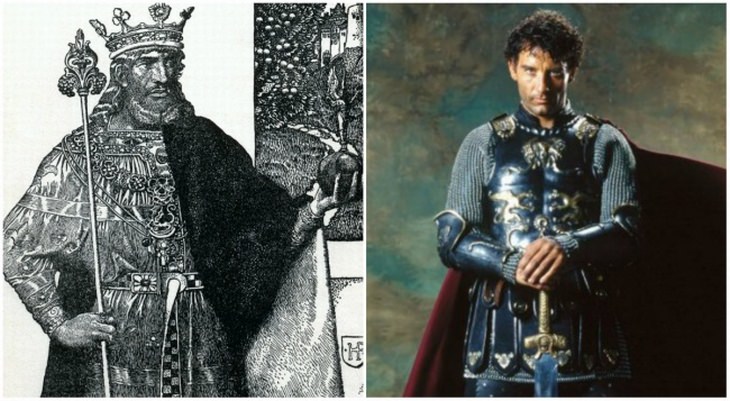
Portrayed by: Clive Owen
It’s almost impossible to say how accurate the portrayal of King Arthur himself is in this movie, and that’s because concrete evidence of the character that the movie character is based on has never been found in historical records. What’s more, historians lambasted the movie for the historical accuracy of the weapons, costumes, and events portrayed in it.
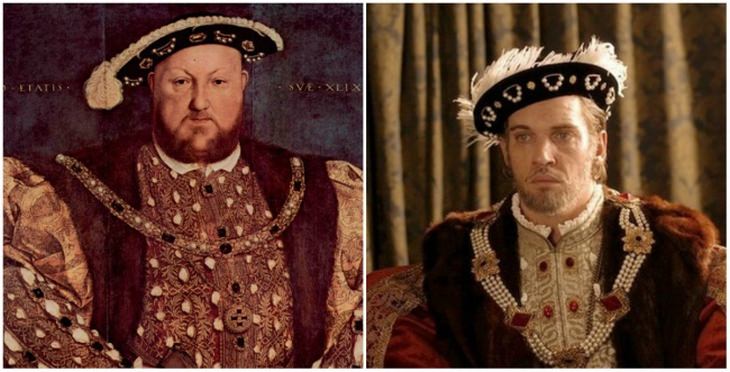
Portrayed by: Jonathan Rhys Meyers
The handsome Jonathan Rhys Meyers’ appearance is far removed from what the real King Henry VIII looked like. The real-life monarch had a 54-inch waist by the end of his life, and he was thought to suffer from gout. With regard to the attire, however, the producers of the British television series seem to have paid rather close attention to historical records.
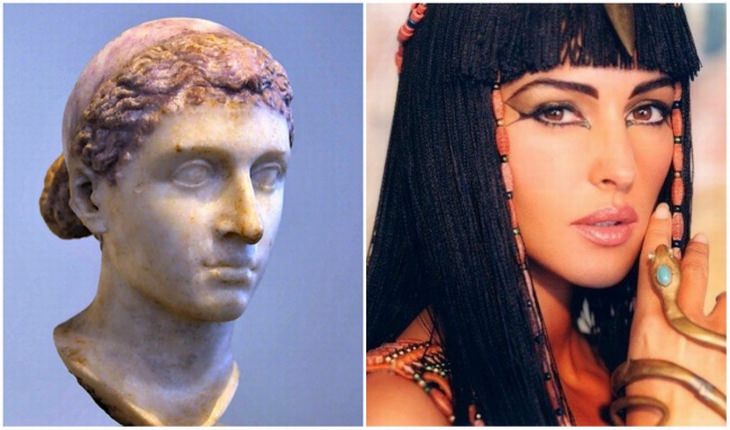
Portrayed by: Monica Bellucci
Although Egyptian pharaoh Cleopatra has always been played by screen sirens such as Vivien Leigh, Sophia Loren, Elizabeth Taylor and, in this case, Monica Bellucci, the real-life Cleopatra was thought to have been small in stature and rather unattractive. The myth of her stunning beauty is based on assumption that she must have to be beautiful to win the hearts of both Julius Caesar and Mark Antony.
Content and image source: Brightside